Search results for: “hell part 2”
-
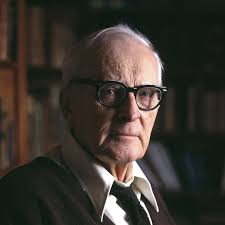
Defending Faith
One of my heroes is Hugh Nibley. I know. I know. How cliche for a Mormon Studies guy. Though it seems almost equally cliche to dismiss Nibley. In my second semester of graduate school at the University of Utah, I took a graduate seminar in ethics and public affairs. It was a small group. I…
-
Literary Joseph Fielding Smith #03: A Christmas Idyl
When we talk about the plan of salvation, as Teachings of the Presidents of the Church: Joseph Fielding Smith lesson #3 does, we focus on several key elements: the pre-existence, the fall, the atonement, the resurrection and the judgment. That’s a lot of ground to cover—and often our lesson manuals cover each of those elements…
-
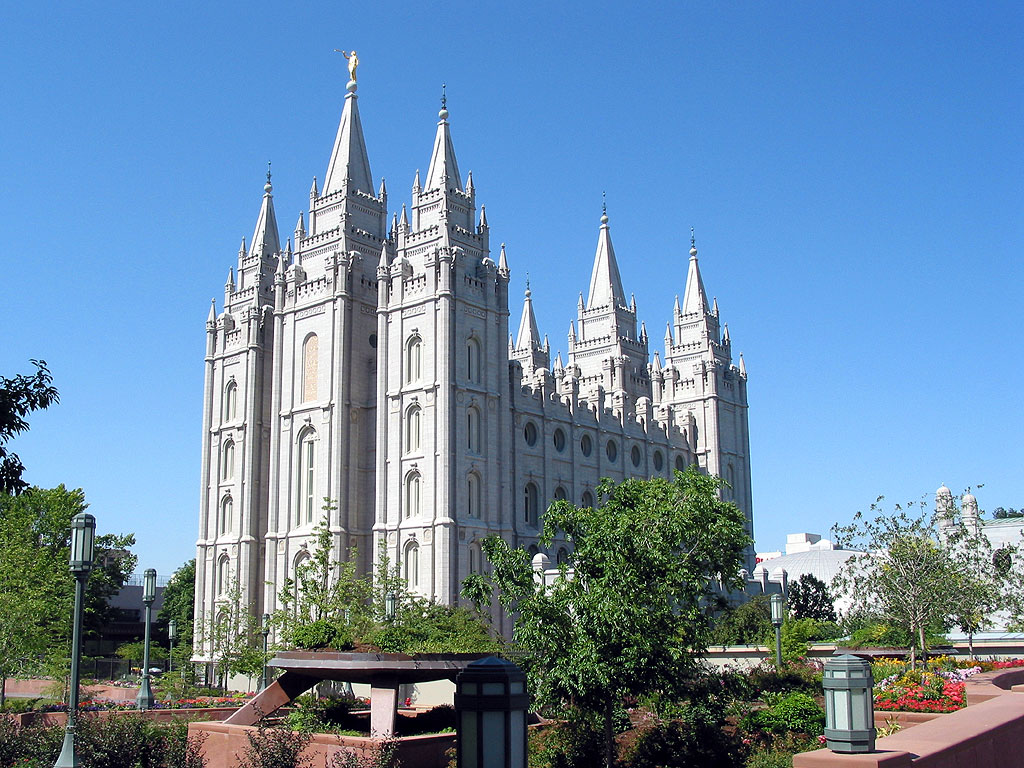
Varieties of Divine Eclecticism
When I was a missionary from 2000-2002, we taught about the Restoration in the third discussion. We often drew a picture to convey the core concepts. There was a mirror (representing the Church) a string (representing the Apostles) and a nail (representing Christ). The Apostasy came about, we taught, because the Apostles died, and so…
-

The Old Testament, Scripture, Apostles, the Priesthood Ban, and Theological Diversity: Calibrating Our Expectations
(I’m probably cramming too much into this mishmash of a post, but frustration over certain conversations has collided with academic stress and lack of time to refine it. I may regret it, so consider this a preview, a beta.) The expectations we bring to reading scripture can radically affect our reading, our faith, and our…
-
The Practical Atonement
This is the third of three posts on the atonement (see here and here). What effect, if any, does the atonement have on your day-to-day life? Does it change how you think, how you feel, or how you act? I think most Latter-day Saints would agree that the atonement is not simply about something that…
-
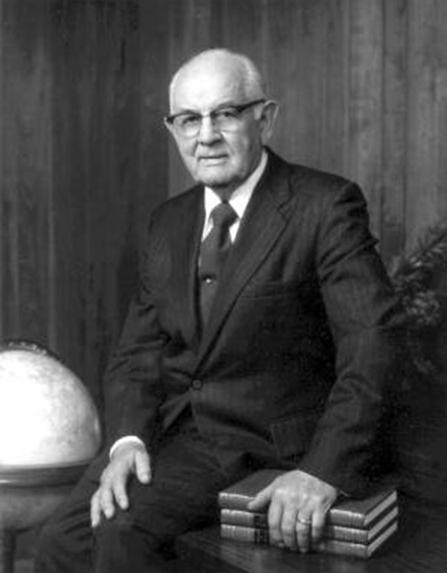
The Fourth Point: Caring for the Poor and Needy
In 2009 the “threefold mission” of the Church was extended to include a fourth point: “to care for the poor and needy.” Obviously practical charity is not a new concept for Mormonism. The very same chapter that included the famous “If any of you lack wisdom…” verse that led ultimately to the First Vision also…
-

Peter Wiggin as Lucifer
(This post is the second in a series on Ender’s Game. Read the first here.) Andrew “Ender” Wiggin is a Third. This means that he is the third child in a family which–in the strictly population controlled United States described in Ender’s Game violates both the law and social taboo. Ender’s oldest sibling is Peter, a sociopathic genius…
-

A Game Theoretic View of the Atonement
The Prisoner’s Dilemma came up in the comments to a post of mine from about a month ago. I outlined my thoughts very briefly there (see comment #12), but I’d like to return to them in more depth today. The Prisoner’s Dilemma is perhaps the most important scenario studied in game theory, and “it shows why two individuals…
-
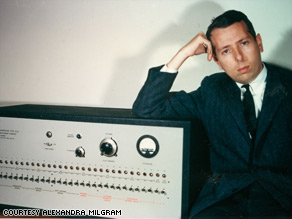
Some Thoughts on Sin
The textbook definition of sin is doing something that you know to be wrong. And yet, as has been frequently noted in fiction, villains (almost) never think to themselves, “Gee, I’m doing something wrong now.” We each live out narratives in which we star as the protagonist. We are the heroes of our own stories.…
-

The Great Expectations of Mormonism
I’m going to wander a little farther from familiar territory in this post. I hope you’ll willingly entertain some speculation and tentative analysis about the institutional nature of the Church in a changing society and indulge my focus primarily on American culture. I’m interested to see what others make of these ideas. First, only institutions…
-
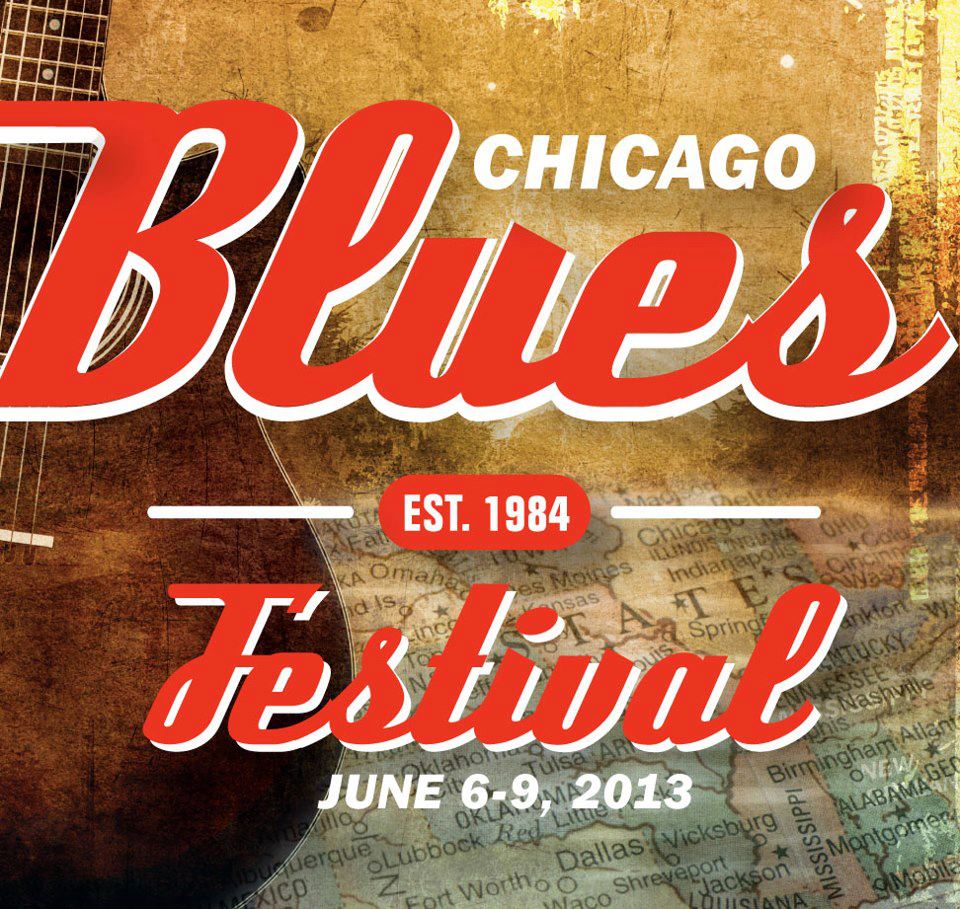
King Noah’s Blues
I could see them before I crossed Michigan Avenue into Grant Park. There were probably five of them, holding big yellow signs with blocky letters, Bible verses. It seemed out of place, fifty feet in front of the entrance to the Chicago Blues Festival, but maybe I just didn’t understand the logic behind it. I…
-
Damnable Terminology
I now genuinely regret my use of the term ‘violence’ in my recent post. My intention was to be completely candid and point out a phenomenon of our collective experience. As I often tell my students, however, the thoughts, intentions and arguments that might genuinely be running through our heads when we compose something does…
-
Literary Lorenzo Snow #9: Memento
The sacred and eternal nature of families is regularly taught and believed among Mormons today. But it wasn’t seen as quite as obvious to Church members in the middle of the 19th century. The teaching that our family relationships extend past this life and are modeled on the family relationship we had before this life…
-
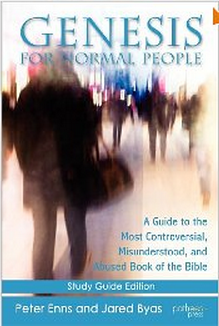
Genesis vs. Science: Background, Readings, and Discussion
One of the problems that crops up with Genesis is its proper context, its genre, what background it should be read against (modern science or ancient Near East?) That is, modern western English readers have a particular (modern) worldview with various questions and issues. When they read Genesis, they naturally place it into that setting,…
-
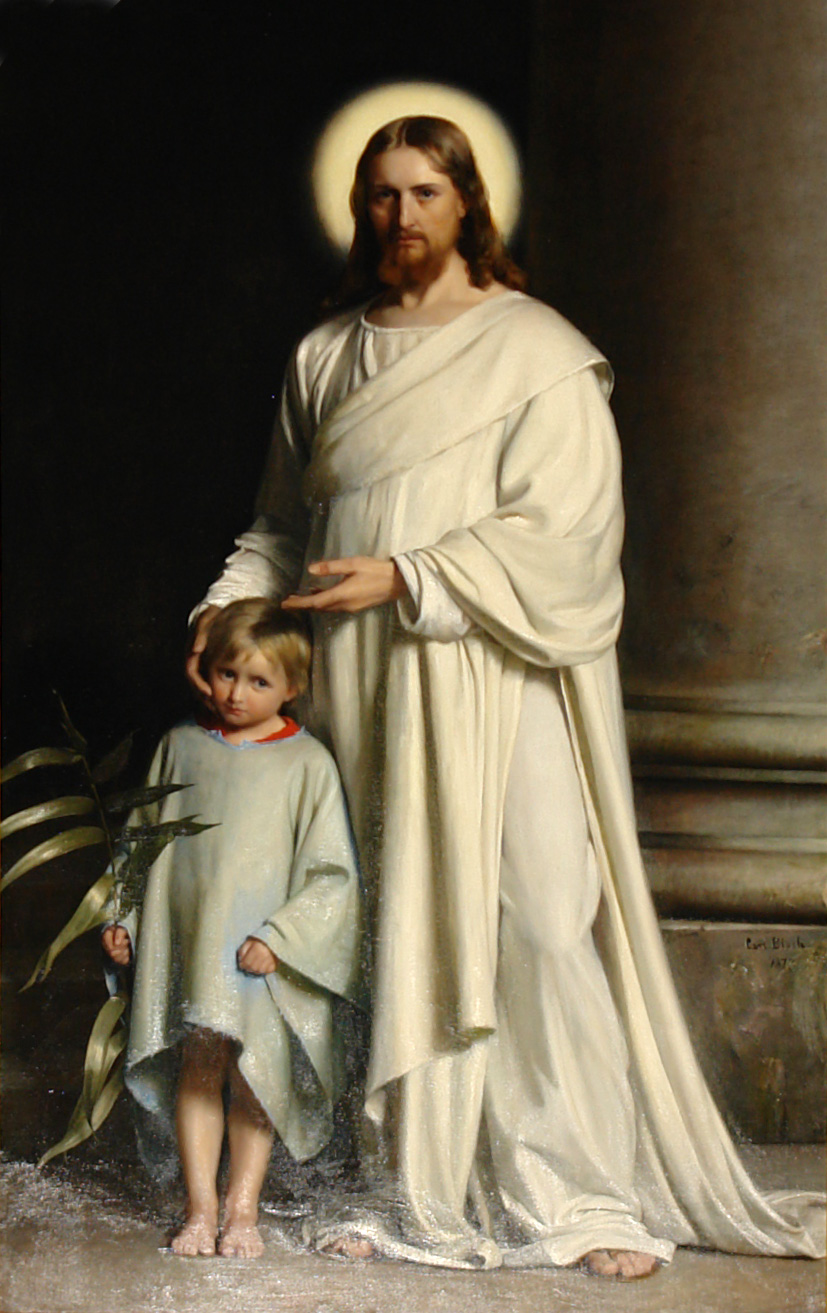
Theology, Worship, and Children’s Games
I believe in theology as a kind of worship. To spend time and effort in the attempt to reason out the philosophical context for and implications of Mormon doctrine is an affirmation of the authenticity with which we embrace that doctrine. Intellectually wrestling with the angels is thus properly seen as an individual responsibility rather…
-
Literary Lorenzo Snow #6: Saturday Evening Thoughts
Chapter 6 of the Lorenzo Snow manual discusses President Snow’s teachings about perfection—his encouragement of gradual improvement, diligence and patience and the role of repentance in obtaining perfection. One of the concepts that stands out to me is the requirement for patience and endurance in reaching perfection. These themes can also be found in his…
-
Understanding Eternity
When I read Stephen Peck’s groundbreaking novella A Short Stay in Hell the idea that struck me more than any other was how little we know about the idea of eternity–and how unfamiliar we are with how long eternity is. We simply have no way of comprehending the time involved. We live in a world…
-
Al-Ghazali, Galileo, and Pope Benedict’s Critique of Secularism
A stunning amount of what I think is wrong with the world is poetically captured in a recent article in First Things, commenting on the relationship between faith and reason on the one hand, and Christianity and Islam on the other. Unfortunately, the author captures these problems unintentionally. The difference between his perspective and mine…
-

Mormonism and the New Religion of Secularism
Secularism is a new religion that threatens to overwhelm traditional faiths in much the same way that Christianity and Manichaeism swept away traditional local cults almost two thousand years ago. Mormonism is far from immune to this process, but it is particularly well-suited (theologically) to adapt (culturally) and remain relevant and vibrant. If changes are made.…
-
A Mission Dream For the Last Day of Autumn
Five-Sense Gray. 9:15 in the morning in the very late autumn in Belgium. It’s barely and unenthusiastically light because the sun has just come grudgingly up (if you call ten feet above the horizon up), and because the heavens are so blanketed with clouds that whatever slivers of rays manage to get through are absorbed right away…
-
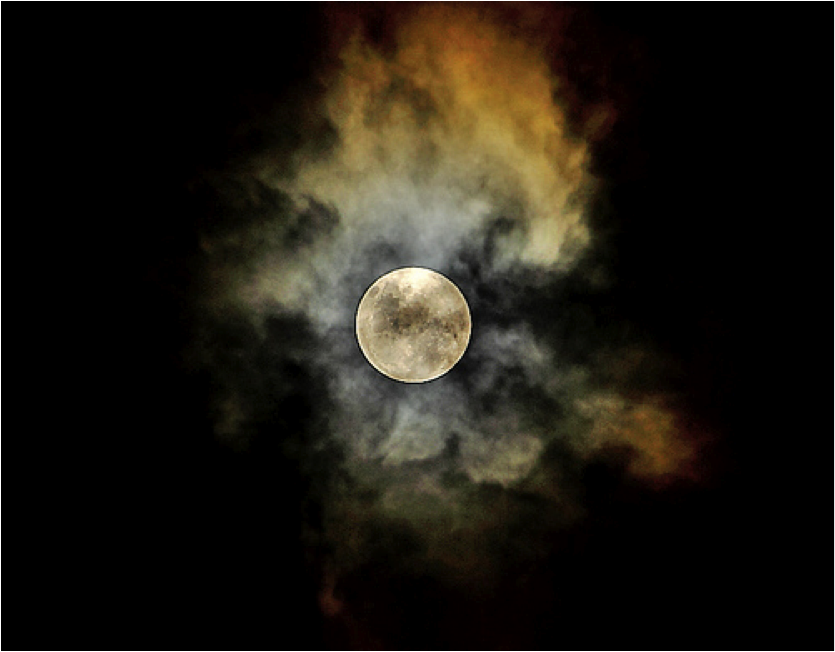
Dia de los Muertos: We Live in their Presence
I won’t lie, I was frightened going to the Democratic Republic of the Congo
-

Mormons in the Running
With the election approaching on Tuesday, I’ve been racing to put together a rundown of the candidates who are Mormon around the country. I know that Kay Atkinson King has done an extensive series on BCC going over the congressional elections, but I think that my summary below has a few additional pieces of information,…
-
The God Who Weeps: Satisfaction
I agree with The God Who Weeps that God redeems our hungers and desires, but I disagree about how God does this.
-
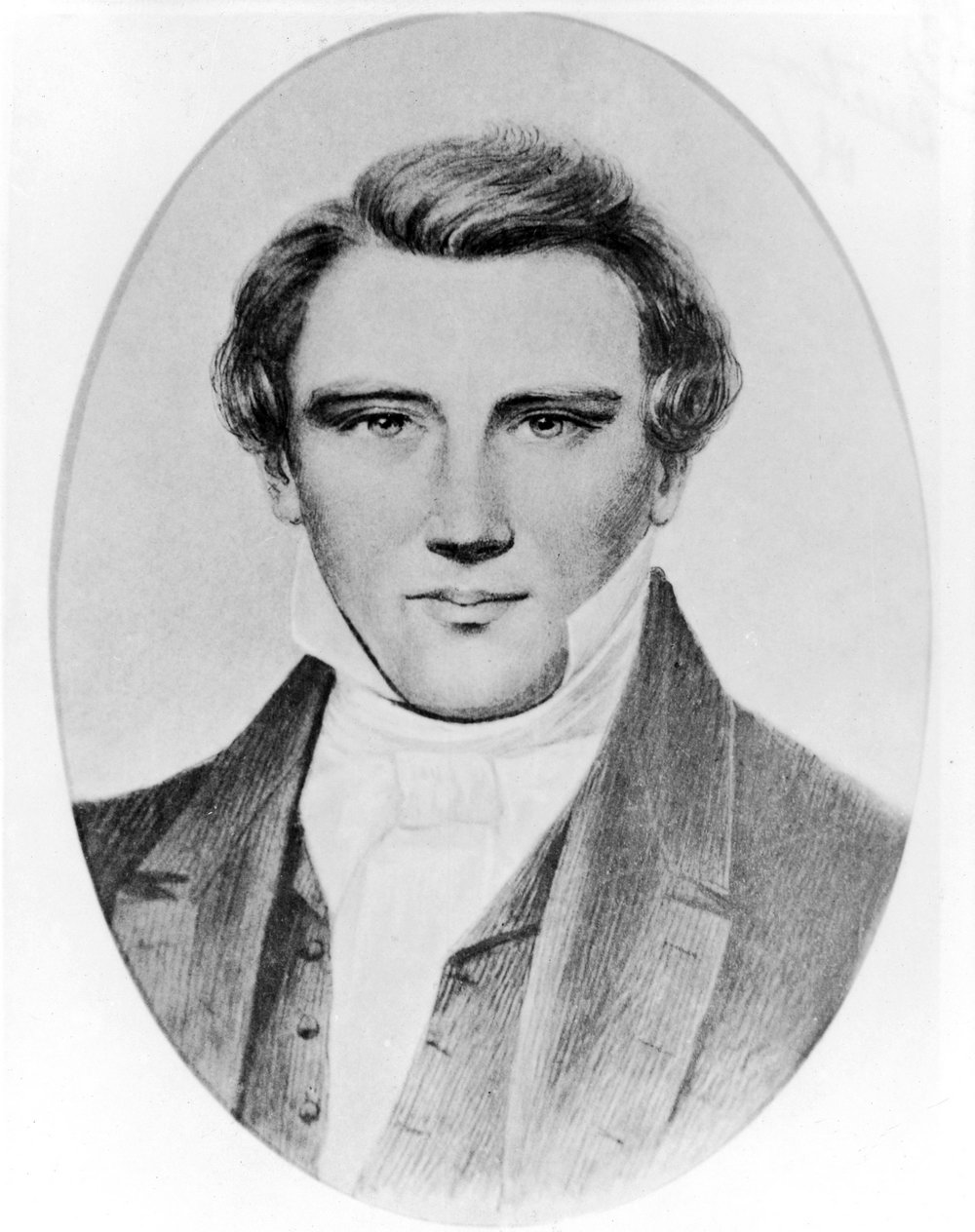
Literary BMGD #41: A Vision
Poetry by Joseph Smith? That is certainly not what Joseph Smith is known for, nor is it often claimed that he was a poet in all the writing and studies made about him. [Orson F. Whitney is the exception that comes to mind.] But the following poem, when published in 1843, carried his byline when…
-
Mormonism is Romantic, Love It or Hate It
Simon Critchley had a charmingly effusive piece about Mormonism on the NYT Opinionator blog a few days back, “Why I Love Mormonism.” His effusions are not always flattering, or accurate, but he gets some important things right about Mormonism. He sees that much of the appeal of Mormonism is that it is a Romantic faith.…
